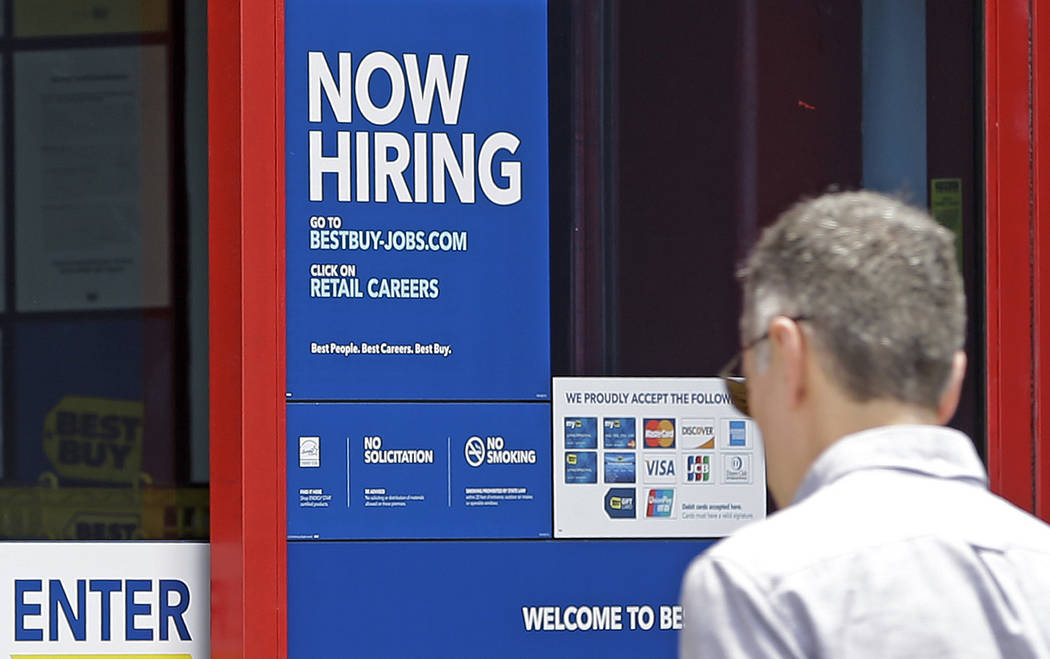EDITORIAL: Chart shows the high costs of government intervention
Many progressives harbor a deep mistrust of capitalism and the economic freedoms it affords, preferring instead the heavy hand of government planning and state intervention to “guide” the economy and “level the playing field.”
A new study from the American Enterprise Institute sheds some light on the debate.
The AEI’s Mark J. Perry has put together an interesting graph detailing cost fluctuations for a variety of goods and services over the past 21 years. Based on information from the Bureau of Labor Statistics, the graph shows that the consumer price index rose 55.6 percent.
Yet the cost of cellphone service, adjusted for that inflation, decreased 50 percent over that time. The price of software dropped 70 percent, and the cost of televisions dropped nearly 100 percent when adjusted for inflation.
In addition, the price Americans pay for new cars, household furnishings and clothing was down slightly or flat.
What do these goods have in common? Most of the industries that provide these products operate in a relatively free marketplace subject to competition.
That’s the good news. Now the bad news.
Mr. Perry’s graph also highlights how several goods and services have gotten considerably more expensive since 1997. Housing costs are up approximately 60 percent, medical care services have increased upward of 120 percent, college tuition and textbooks are up nearly 200 percent and hospital services have climbed well beyond 200 percent.
What do those goods and services have in common? Government. Lots and lots of government.
Take housing. State and local policies have a major impact on housing prices and availability. Just look at San Francisco. Then there are skyrocketing college tuition costs. Politicians, advocating universal higher ed, prop up massive amounts of student loan debt. Schools gobble up that cash and raise the cost of tuition, books, fees and more.
As for medical care and hospital services, perhaps no sector of the economy is subjected to more state and federal mandates. The massive federal intrusion of Obamacare exacerbated the problem and resulted in eye-popping premiums that often rise by double-digit percentages each year.
The AEI graph features lines in various shades of blue that represent goods and services whose costs have stayed at least flat, if not dropped dramatically. Various shades of red highlight the rising costs of several goods and services, all of which are up more than 50 percent. As one Twitter user quipped, the blue lines represent prices subject to free-market forces; the red lines represent prices subject to regulatory capture by government.
Not all regulatory interventions are bad, of course. But Mr. Perry’s chart conveniently demonstrates that there are costs to many such distortions — costs that Americans must bear. If the goal is to foster the most efficient and cost-effective way of delivering the goods and services that drive the nation’s economy, the less government meddling, the better.

















